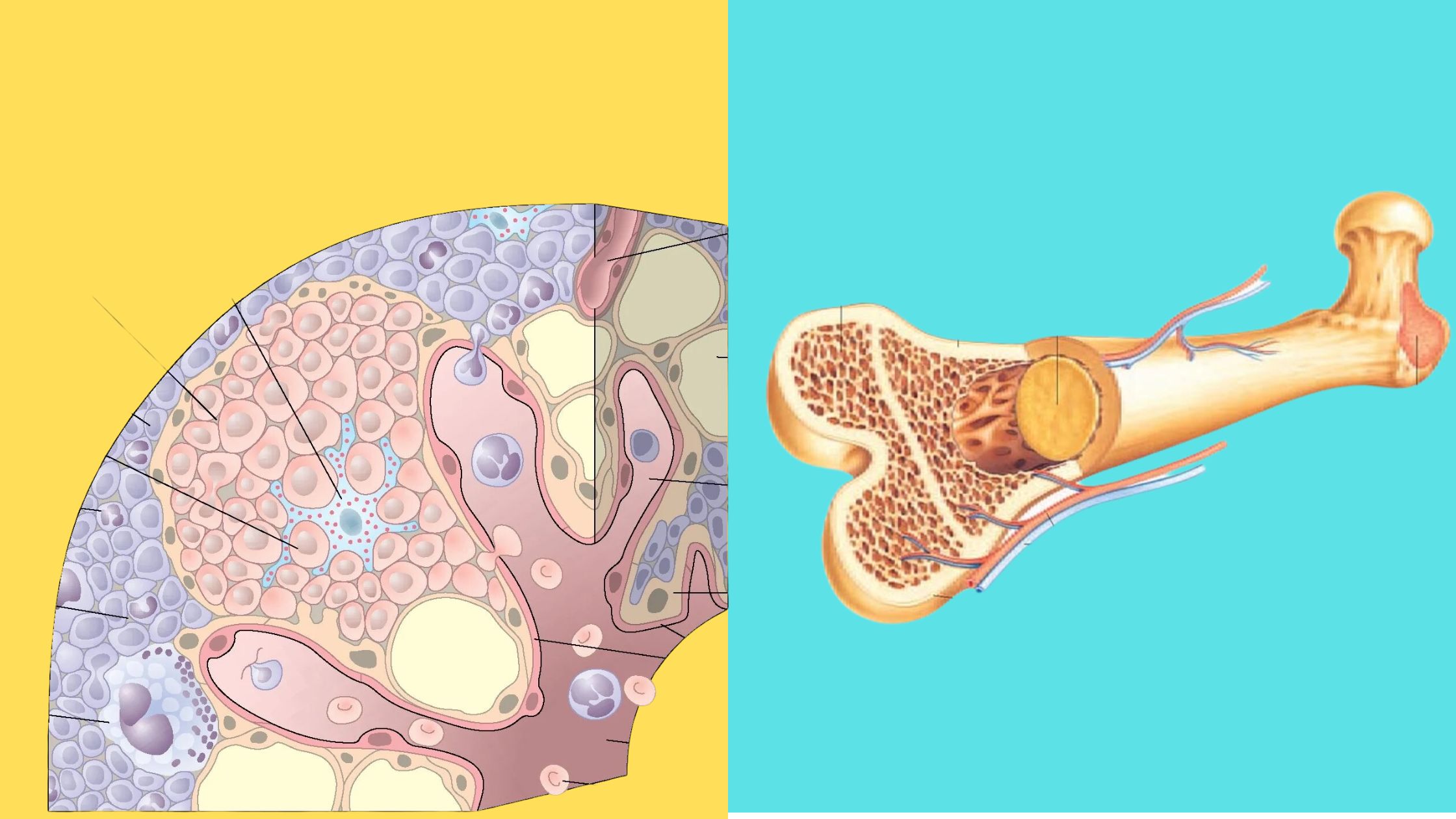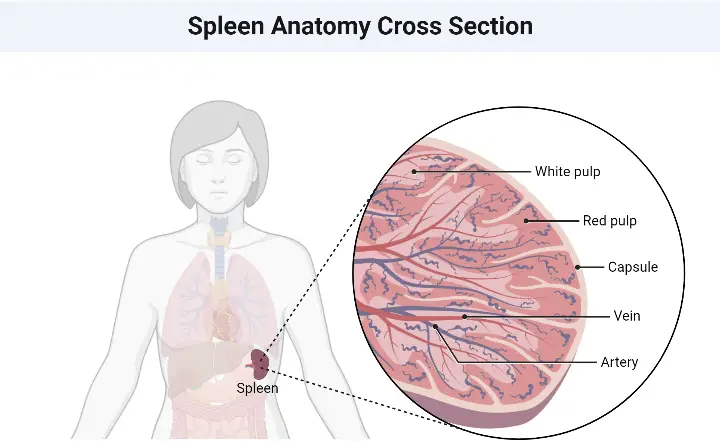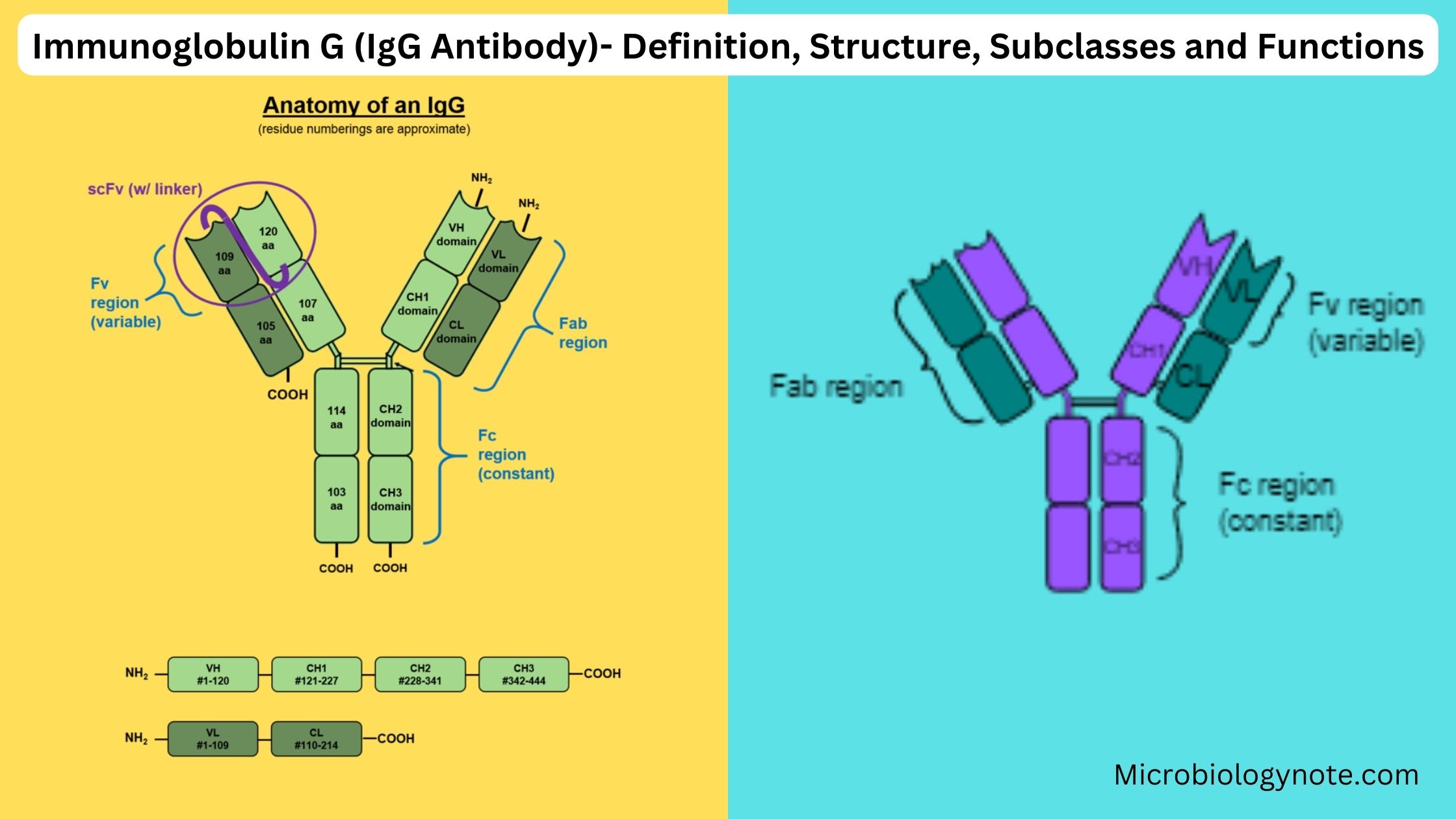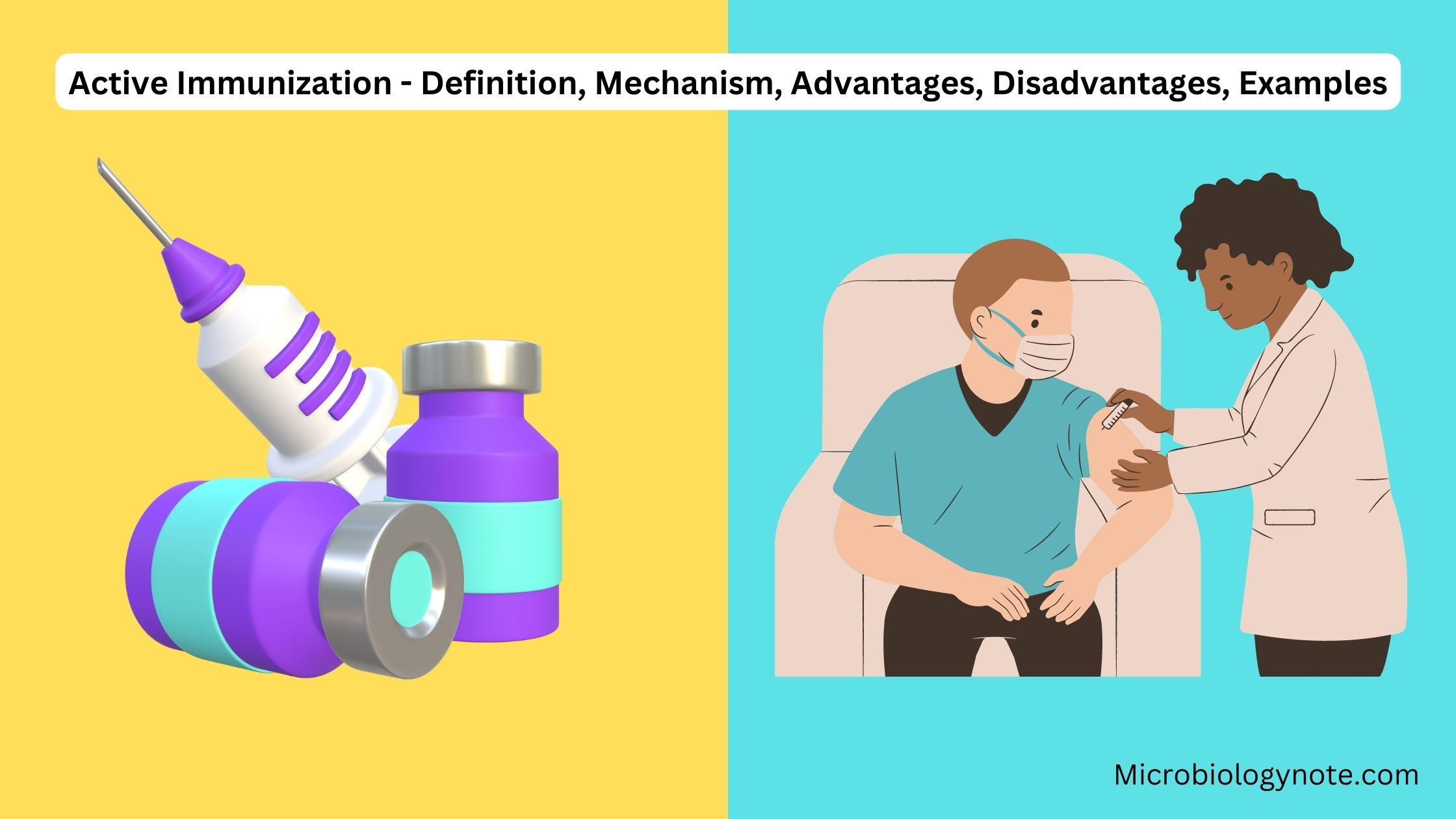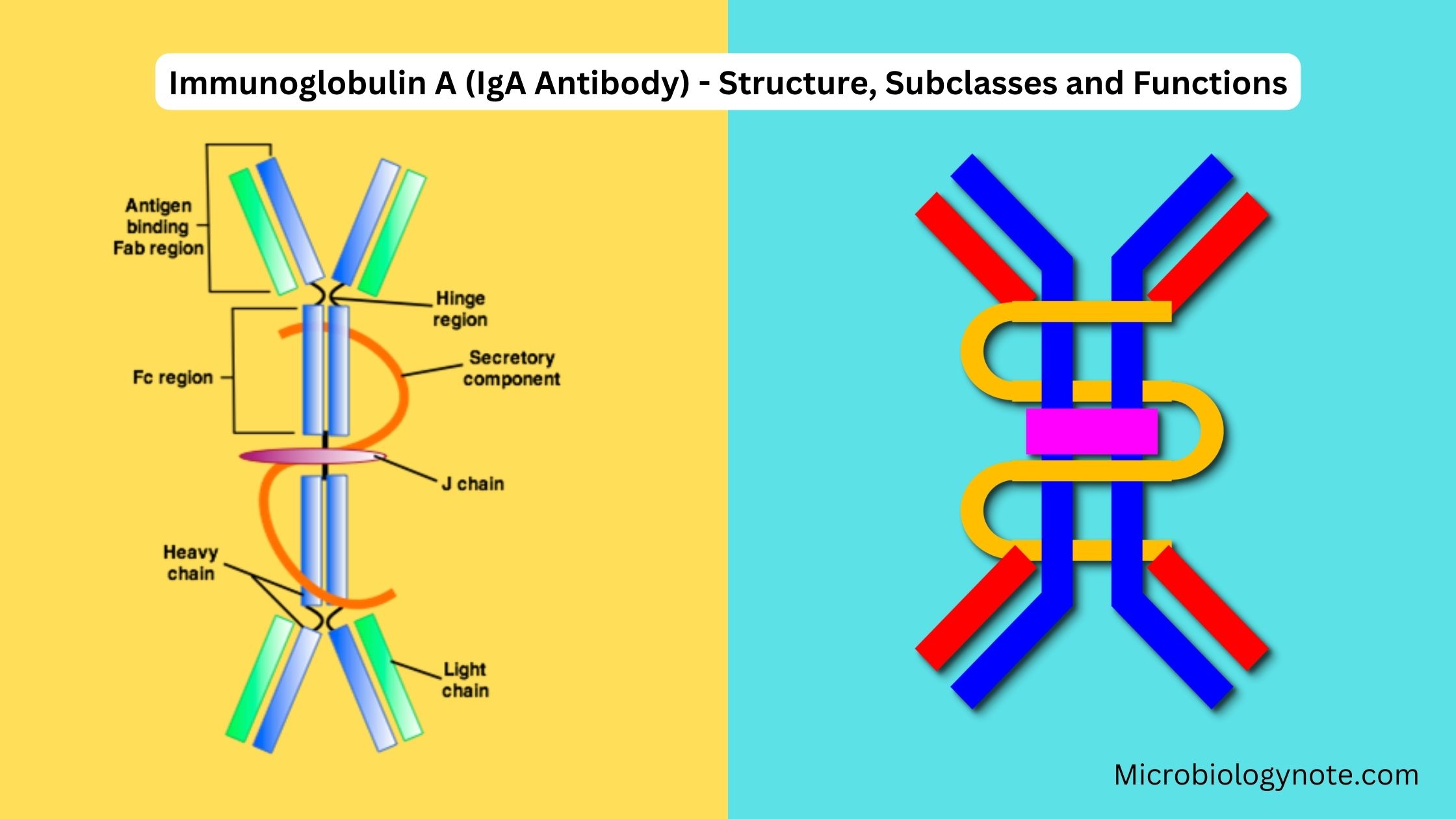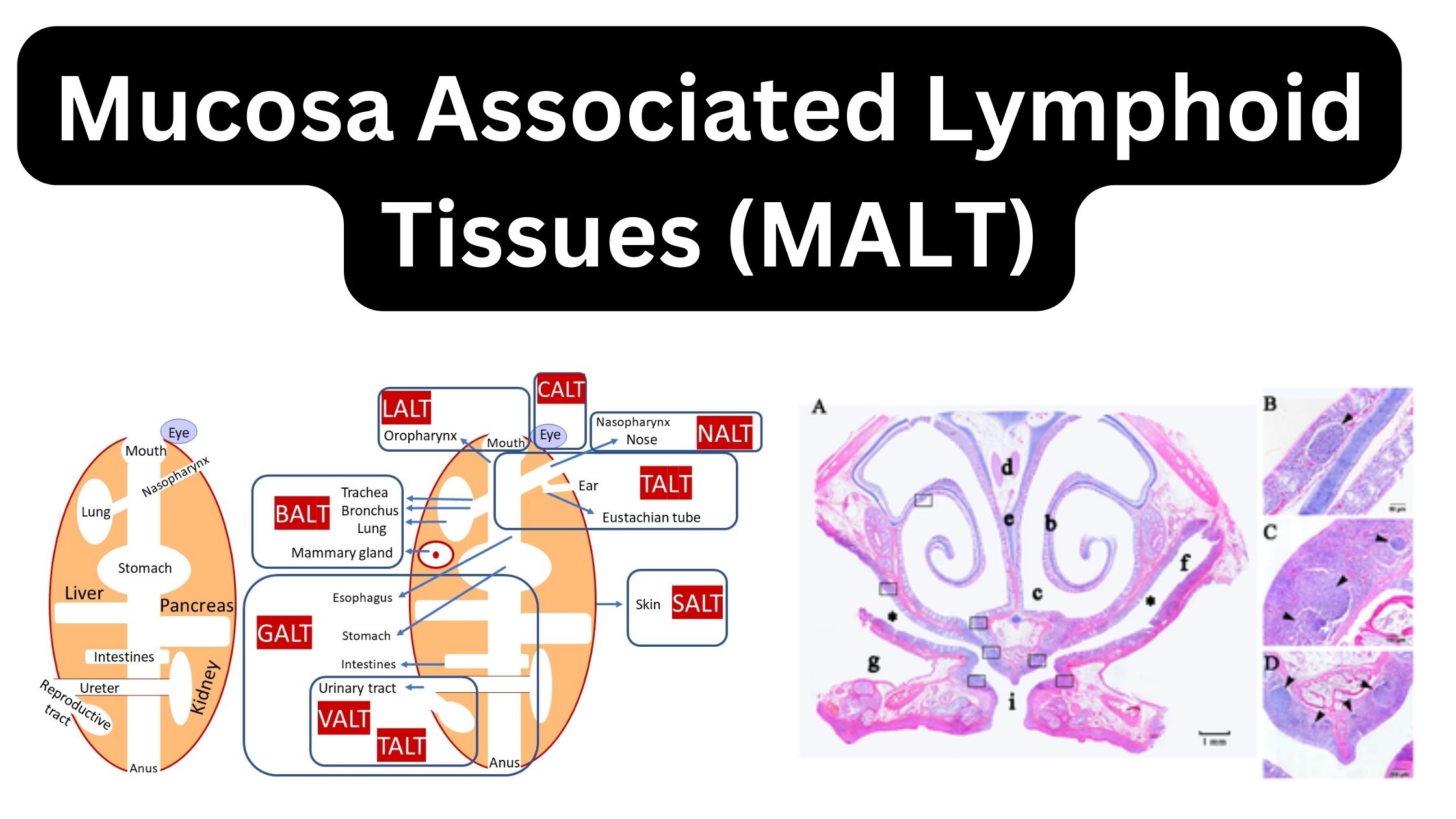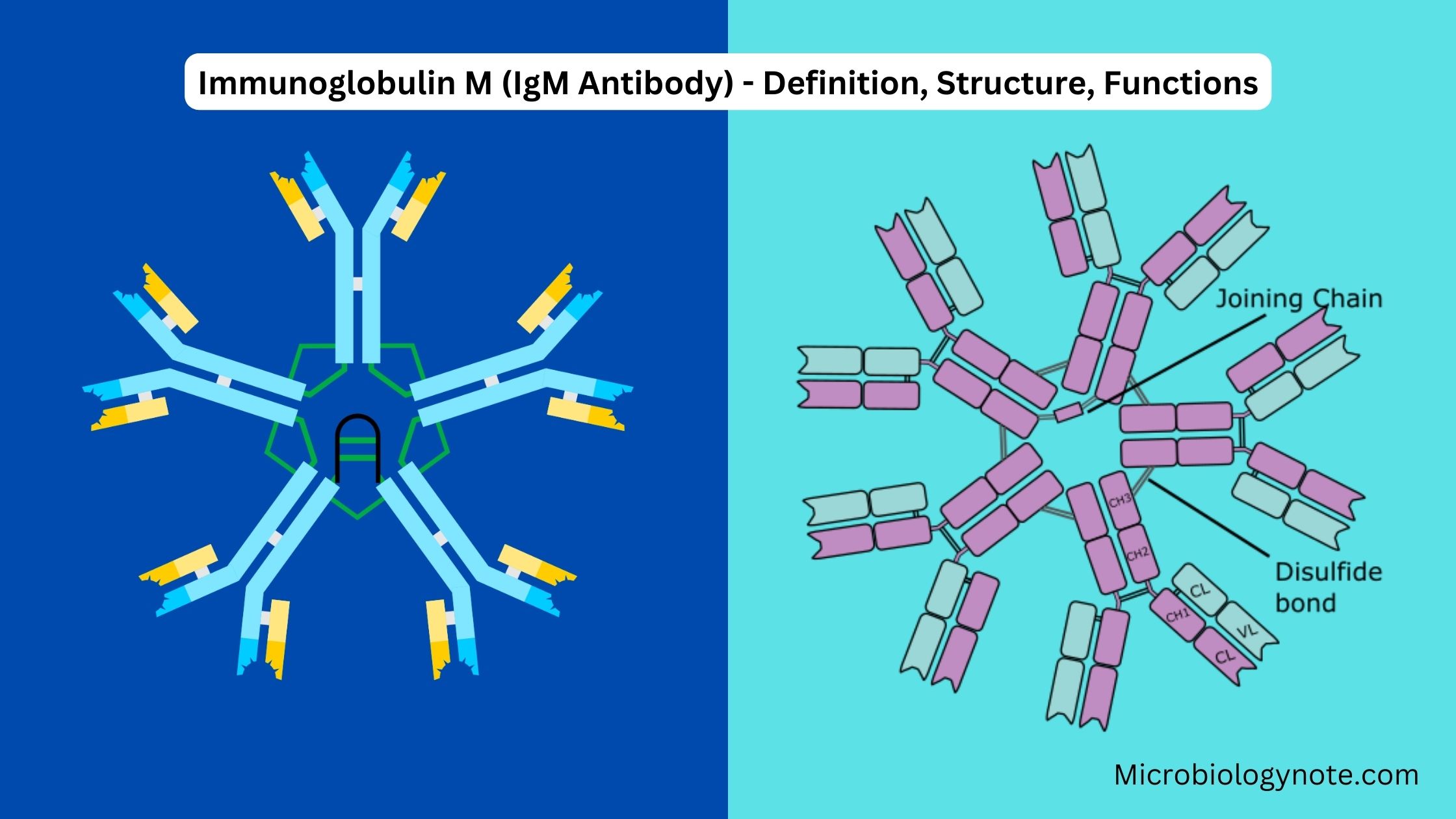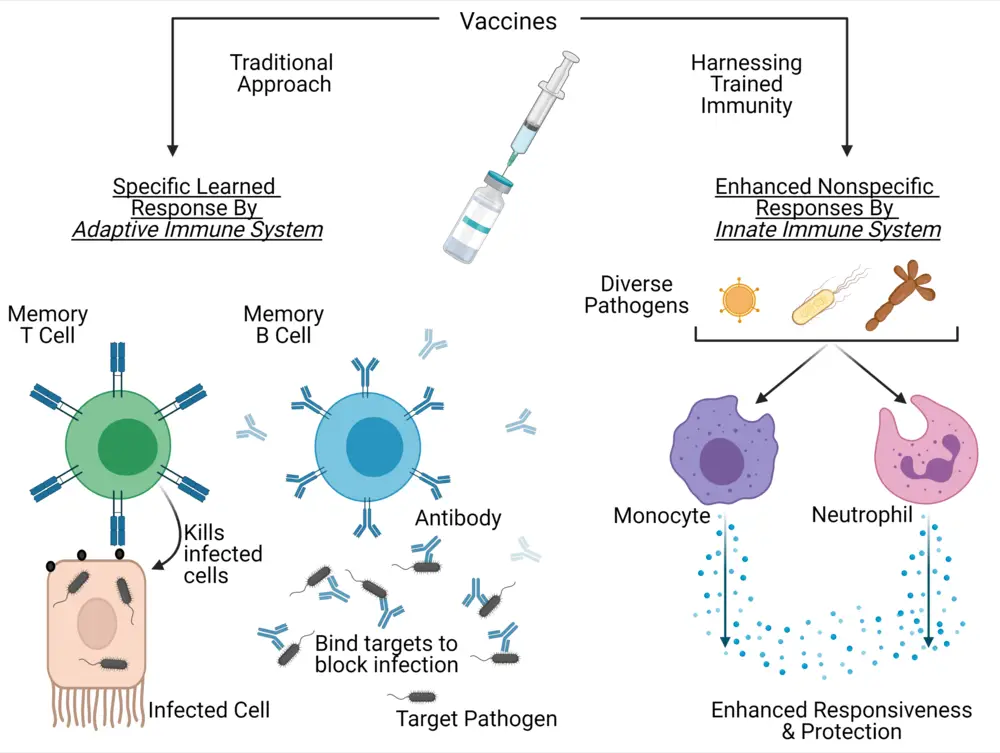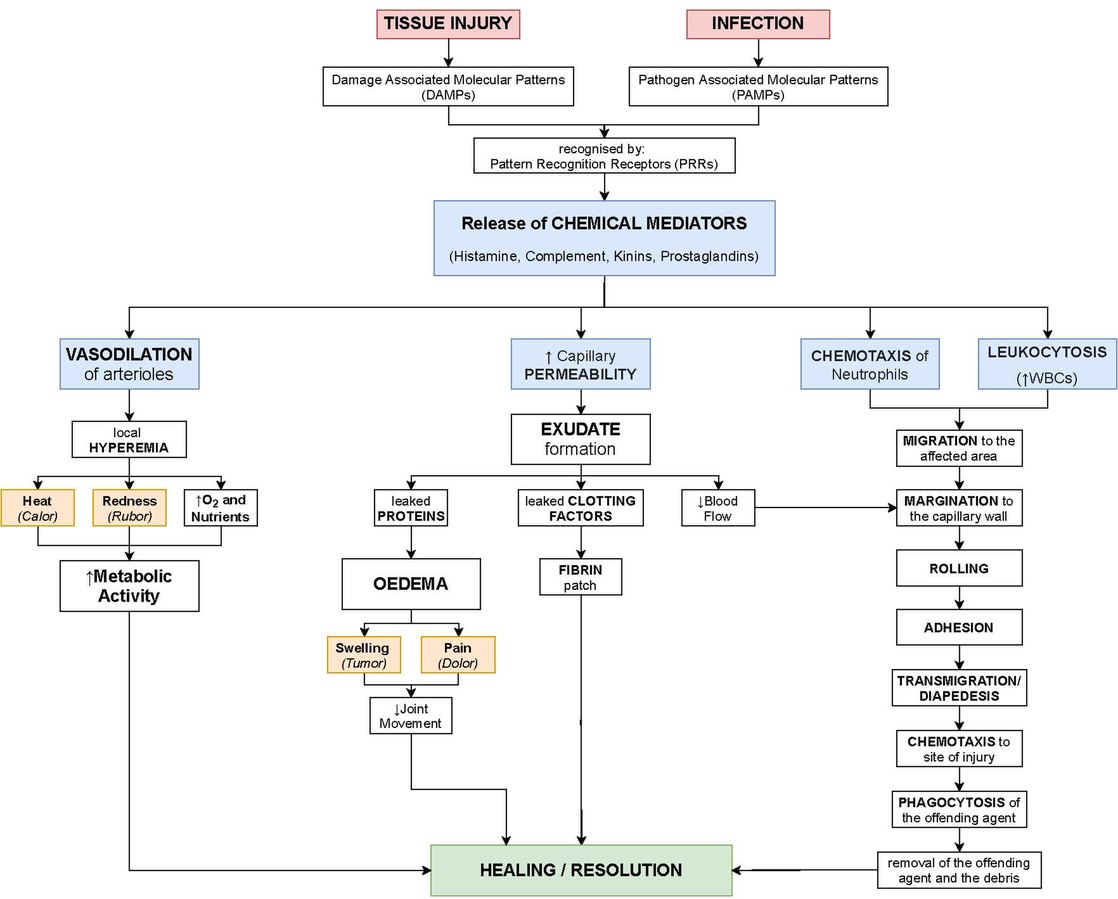Bone Marrow – Definition, Types, Structure and Functions
What is Bone Marrow? Definition of Bone Marrow Bone marrow is the soft tissue found within the cavities of bones that produces various types of blood cells, including red blood cells, white blood cells, and platelets. Location of Bone Marrow The location of bone marrow within the human body is widely distributed, but it undergoes changes … Read more
